Figs in the open field: varieties and cultivation
Fig began its distribution around the world from ancient Caria, located in the province of Asia Minor and was originally called the Carian ficus. Thanks to the juicy fruits saturated with trace elements, this culture quickly gained popularity and spread throughout the world.
The Arabians were the first to cultivate figs, later this tradition was adopted by the Egyptians, Syrians and Phoenicians. Since the 13th century, the fig tree has played a significant role in the horticulture of Pylos. In American countries, figs were recognized in the 16th century, and in the next century the fig tree gained popularity in Russia, where it was overgrown with popular names: fig tree, wine berry, fig, fig.
Content:
- Fig tree appearance
- List of the best varieties for outdoor use
- Breeding and planting methods of figs
- Planting a seedling
- Plant care rules
- Protection against diseases and pests
Fig tree appearance
The fig tree does not differ in stature and in an adult state can reach a height of two to eight meters. The trunk of the fig tree reaches 20 cm in diameter and is framed by many spreading branches. The roots of the figs are branched. They can go up to 7 meters deep and occupy up to 14 meters of the near-stem space.
The foliage is dissected and large. The edges of the sheet plate are cut with uneven teeth. The size of the leaves ranges from 20 to 25 cm. They have a dense structure and a rough upper surface, and the inner part of the leaf is soft and covered with nap.
Small fig flowers cover the tree profusely.
Inflorescences are presented in two types: male - capryphiges and female - figs, they can be distinguished from the first by their short columns. Most varieties of figs are dominated by female flowers and do not need pollinators. Other varieties are bisexual and need insects to bear fruit. The fruits are juicy and sweet with many small seeds inside - from 35 to 1500 pieces. The thin skin of the fruit is covered with small villi. It can be yellow-green or blue-violet in color. The top of the berry is crowned with a scaly hole.
For successful growth and fruiting, figs need a dry subtropical climate, diluted with light rain. Excessive moisture contributes to the cracking of the fruit. A lack of moisture leads to the fall of the berries. If the plant feels comfortable, then it can survive twenty degrees of frost without additional shelter. The fig has no special requirements for the soil - it can grow in sand, rich loam, clay or limestone. The main thing is to ensure sufficient depth and drainage. But the soil affects the quality of the fruit. The plant does not tolerate soil with high acidity.
List of the best varieties for outdoor use
Since the domestication of figs, new varieties and hybrids have begun to appear. Early ripening varieties ripen in 2.5-3 months, and mid-ripening and late ones - in 3.5-4 months. The technical ripeness of the fruits occurs 25-65 days after harvesting. In the fall, the re-harvest of berries can be removed from early varieties.
Figs are pollinated by blastophages - small tropical wasps that are not found elsewhere. Therefore, self-fertile varieties of figs are cultivated, of which special preference is given to:
- Dalmatian figs can withstand frosts of up to 15 degrees, gives a rich harvest in adulthood. The berries have a pear-shaped asymmetrical shape with a dark golden skin with a pale light green hue. The berries are large - up to 200 grams with a good taste.
- Nikitsky figs are characterized by faceted golden berries up to 130 grams.
- The Crimean black variety is characterized by oval ribbed berries of dark purple color, each of which can weigh 100 grams.
- Kadota yields a harvest of medium-sized pear-shaped berries with pronounced edges. The color of the peel ranges from yellowish green to pale brown. The weight of one berry is up to 100 grams.
- Fig Brunswik - berries have an irregular pear-shaped, pale greenish or yellowish color, in the sun they acquire a violet-red tan. Weigh up to 100 grams.
- Sochi figs give small pear-shaped fruits up to 50 grams. Their yellow peel has a specific matte bloom.
- Turkish brown figs are the most cold-resistant, withstand frosts up to 20 degrees. Produces abundant, regular harvests of smooth, pear-like, brick-colored berries weighing up to 100 grams.
These varieties are very popular in Russia, because they give two harvests per season, and Sochi can give more. The first berry picking is carried out in the middle of summer, and the second at the beginning of autumn. Berries harvested in summer are larger than autumn ones.
Breeding and planting methods of figs
The most common ways to breed figs are:
- Sowing seeds. Seeds are collected only from the best juicy berries. The pulp with seeds is placed in an enamel or plastic container and left in a warm place for several days. After the start of the fermentation process, the mass is poured with water and the seeds are carefully selected, which are well washed and dried. Dry seed is stored until planting. A special soil mixture is prepared by mixing humus, sod soil and sand. The seeds are buried in the ground by half a centimeter and sprayed daily with warm water. The first shoots may appear in a month, but may be delayed up to three months. When 3-4 pairs of leaves appear, seedlings dive in individual containers. Under favorable conditions, two years later, full-fledged seedlings grow from the seedlings, which are ready for transplantation into the garden.
- Cuttings... Cuttings are obtained from winter seedlings, as well as from summer green shoots. The first ones should be taken from trees that are more than a year old and planted in early spring. Planting of green cuttings takes place at the end of the spring. They are taken from fruitful shoots and kept in wet sand or water until strong roots appear. When the roots grow 1-2 cm, the seedlings can be planted in the ground.
Most gardeners prefer to propagate figs by cuttings. Planting material should be purchased from proven nurseries, where you can count on the quality and retention of varietal traits. The seedlings should not have any traces of disease or pests. A biennial plant with two developed lateral branches is optimal.
Planting seedlings
Planting figs should be carried out after the establishment of stable warm weather, observing a number of rules:
- Prepare a planting hole and fill it halfway with a nutritious soil mixture.
- Seedlings are installed in the holes. They should be buried slightly deeper than they were kept in the nursery.
- A powerful root system must be carefully straightened so that there are no bends and refractions.
- Sprinkle soil over the roots and compact the soil well around the trunk.
- Water the seedlings abundantly with water. After a day, watering should be repeated and the soil should be mulched.
- To protect the seedlings from refraction in windy weather, the young tree should be tied to a support installed nearby.
Figs should be planted in a well-lit place protected from cold winds. To obtain a high-quality harvest, heavy soils are enriched with sand, and sandy soils with humus and sawdust... The procedure must be carried out in advance. Planting is carried out according to the 10X10 or 5X5 scheme, depending on the variety. If it is undesirable for trees or bushes to grow large, then the planting should be thickened.
Plant care rules
The fig tree is quite demanding to care for, therefore, cultivation techniques should be followed, which consists of irrigation, fertilization, transplantation, pruning in protection from diseases and pests.
- Irrigation. There is no specific irrigation scheme, but when carrying out the procedure, you need to take into account the age of the tree. Young seedlings are watered weekly, pouring 5-10 liters of water under each specimen. Adult plants should be watered every two weeks, at the rate of 8-11 liters per bush. When the fruits ripen, the figs should not be watered so as not to spoil the harvest. After picking the berries, the last watering is carried out. For each region, the frequency of watering is different; climatic conditions should be taken into account. On average, irrigation is carried out 9 to 11 times during the season. After each procedure, the soil should be well loosened and periodically removed. weeds.
- Fertilization. Top dressing should be applied twice a month according to a certain scheme. At the beginning of the growing season, nitrogen-containing fertilizing is applied. During flowering, figs are fed with phosphates, for better fruit setting. When berries are formed, the culture is fed with potassium compounds, which contribute to better ripening of fruits and wood. You also need to feed the figs with micronutrients, which are applied twice a month by spraying. Fig tree responds positively to feeding organic... You need to apply any fertilizers after irrigation, so as not to burn the root system.
- Pruning. The crown of a fig is formed by 3-4 main branches. In the spring, it is necessary to free the plant from the shoots damaged during wintering and growing perpendicularly in order to increase productivity and give the culture a neat appearance. Two healthy growth buds should be left, and the remaining branches should be pinched. At the end of spring, the crown must be thinned out, leaving an interval between the branches of no more than 15 cm. In the fall, after leaf fall, damaged shoots are removed.
Protection against diseases and pests
Diseases and harmful insects can prevent a good harvest and the development of a fig tree, among which are often found:
- Fusarium. A fungal disease that affects the roots of the plant and the root part of the stem. The causative agent of the disease persists for a long time in the soil, and can also develop from infected seeds. Fusarium blight provokes decay of the root system and death of the plant, clogs blood vessels and produces toxins, therefore, the basic vital functions are disrupted.
- Fig moths. Caterpillars that eat the foliage and fruits of figs. As a result of their vital activity, trees lose a significant part of green mass and yield.
- Fig flies. Caterpillars and adult insects eat the green parts of the crop, as well as the pulp of the berries. As a result, plants slow down their growth and lose their foliage. Also, flies are carriers of viral infections.
- Fig aphids. They are dangerous because they attack the garden with numerous colonies. They live on the inside of the leaf and eventually spread throughout the plant.
For prophylaxis, you need to destroy fallen leaves and carry out preventive treatments with special preparations: in the spring - with a solution of mineral oils, and when the foliage is blooming - with organophosphorus agents and copper-containing fungicides.
Observing the rules of agricultural technology and planting, you can get regular yields of healthy and tasty fruits. Also, the tree is distinguished by decorative foliage, therefore, it brings a touch of exoticism and decorates the garden.
More information can be found in the video:






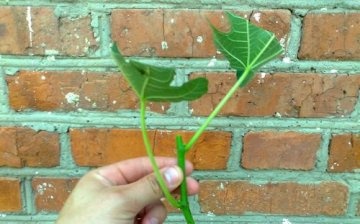
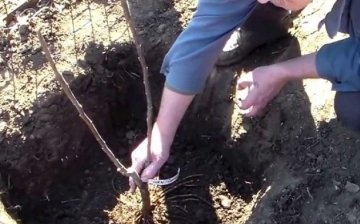
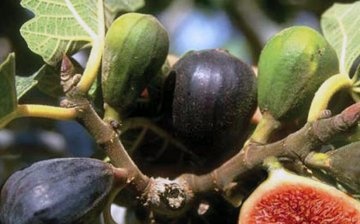
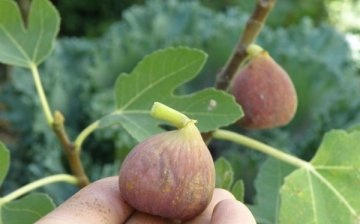







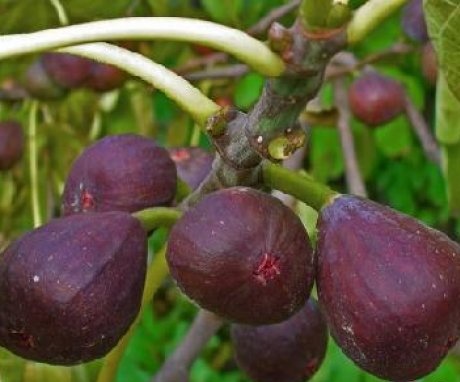
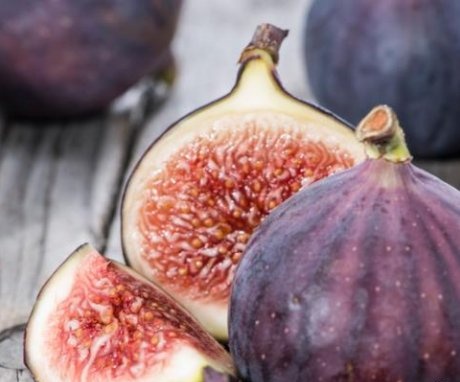
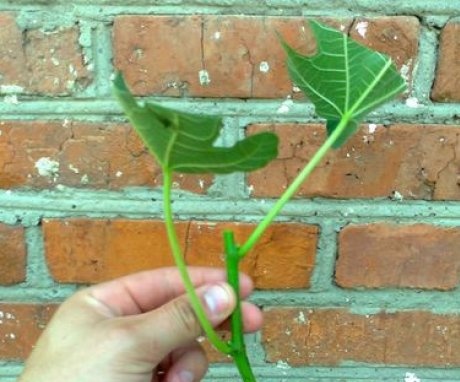
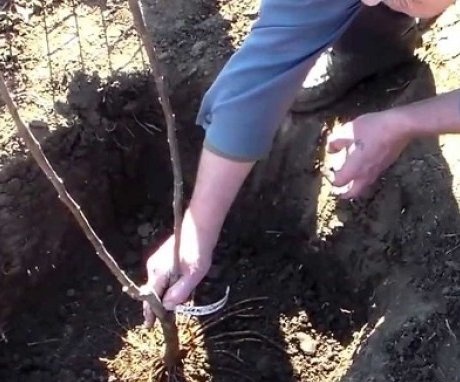
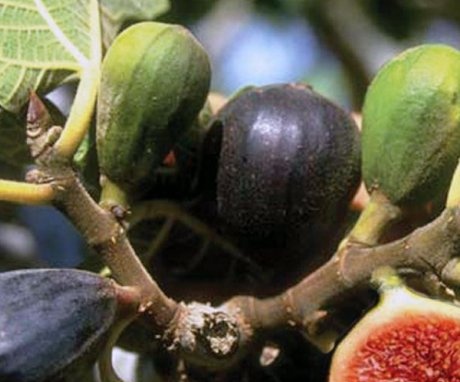
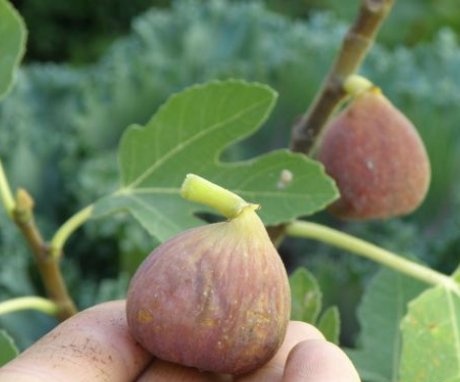
Unfortunately, figs do not grow in our region and can only be grown in a greenhouse, or a tall greenhouse.True, I don't know if the fruits will ripen, because we have a little less sun than in the south.